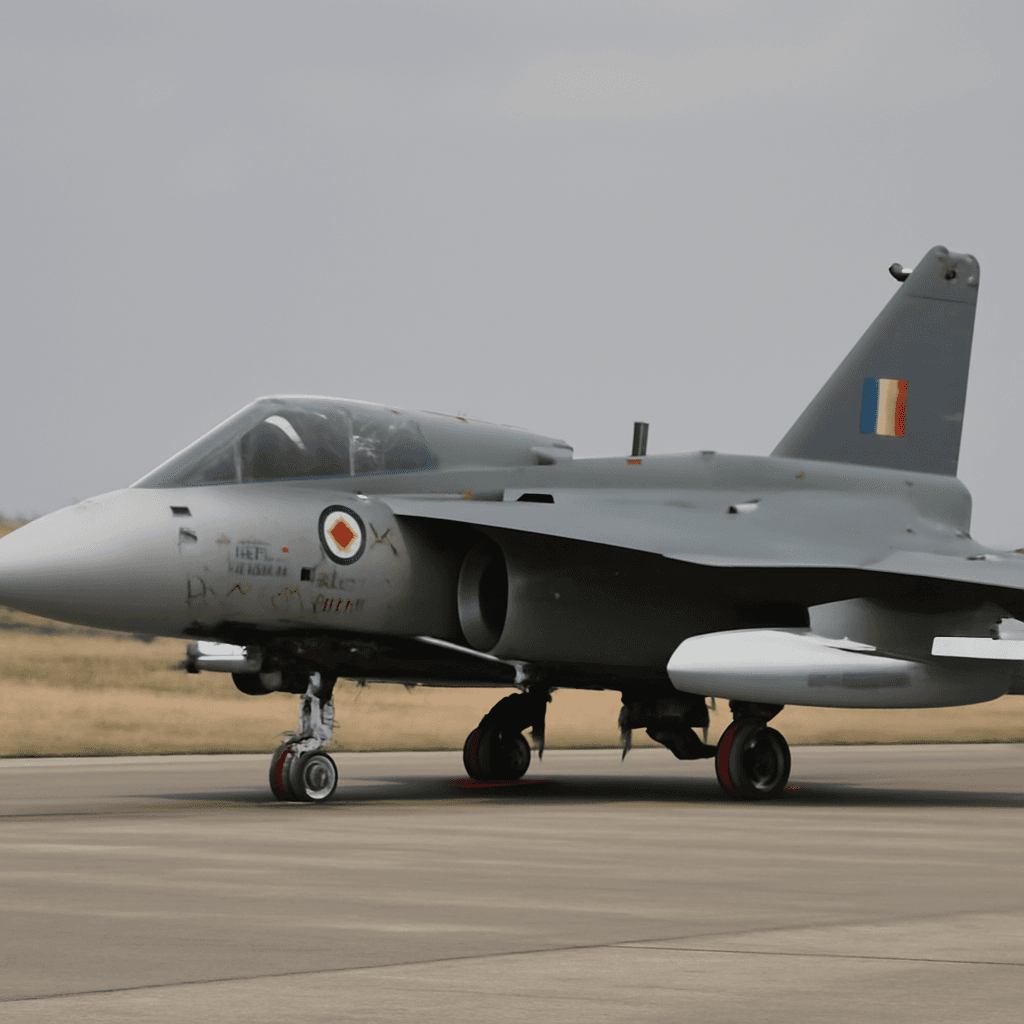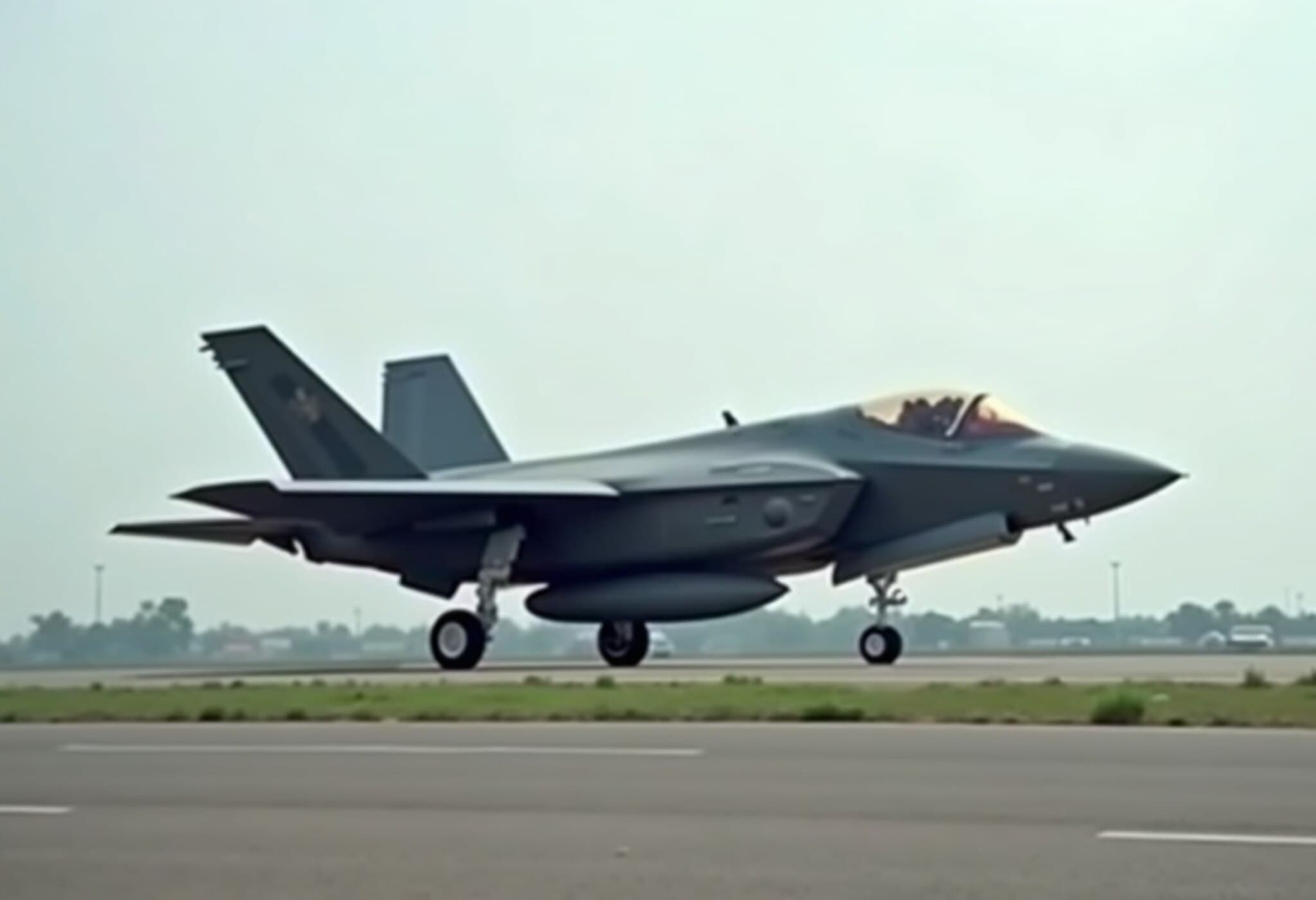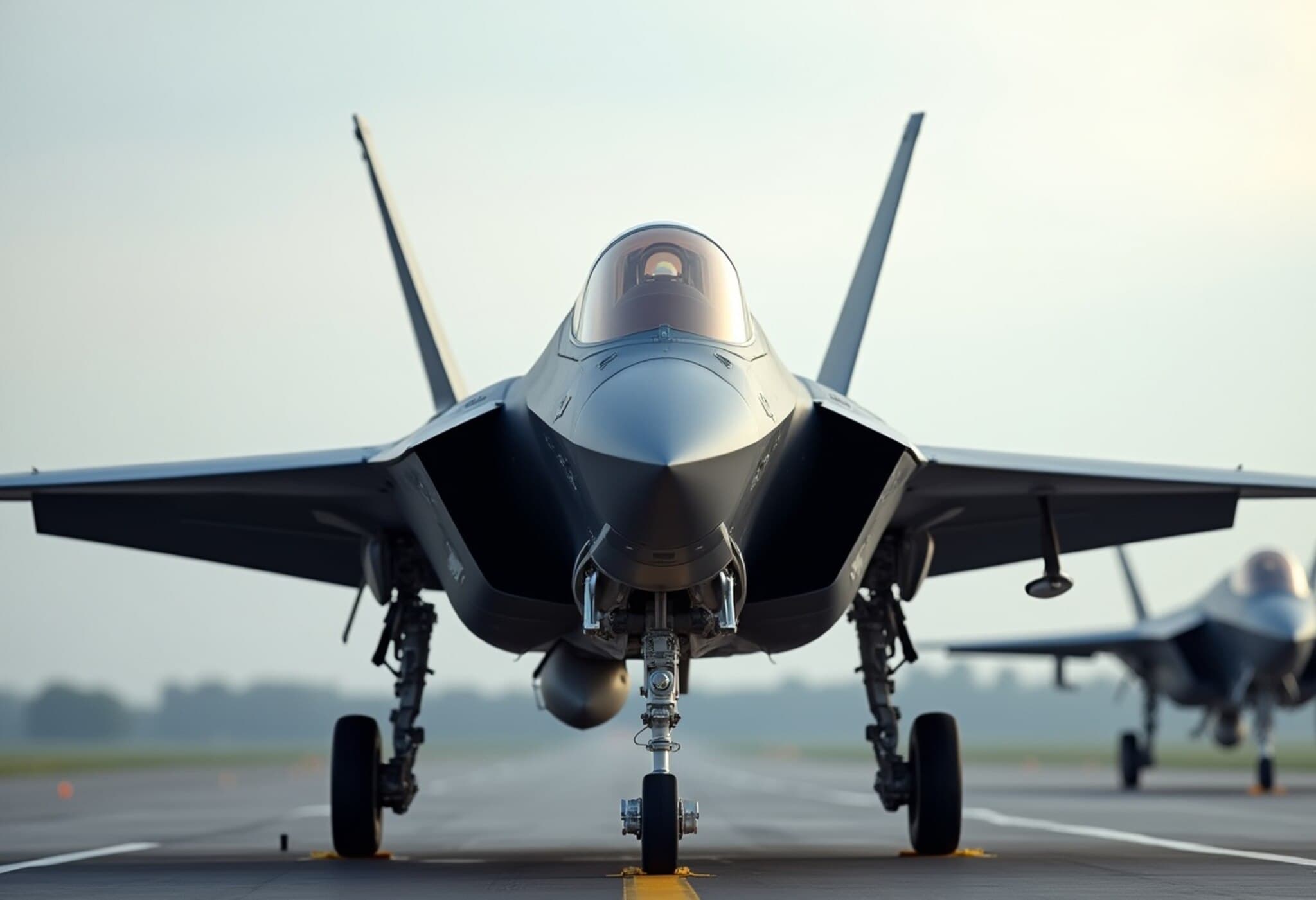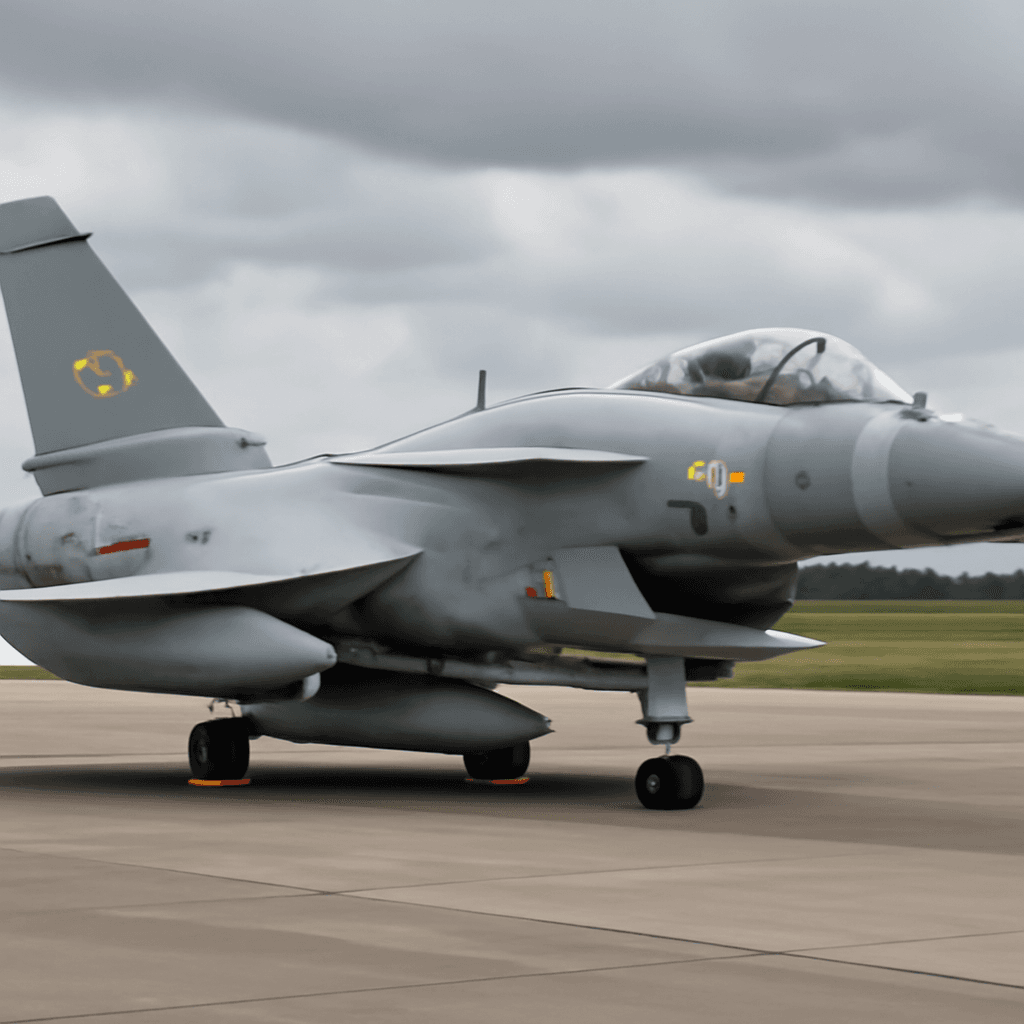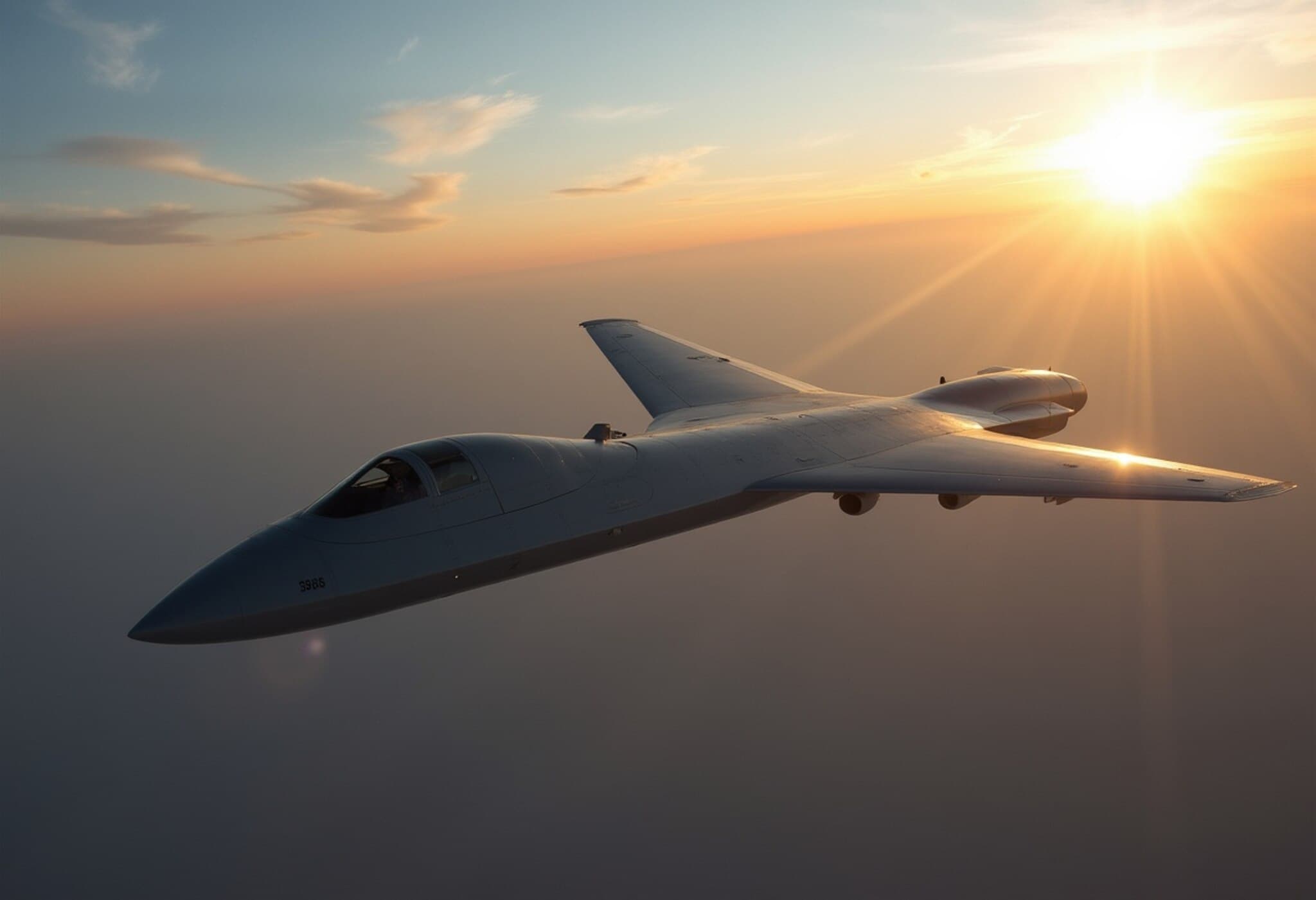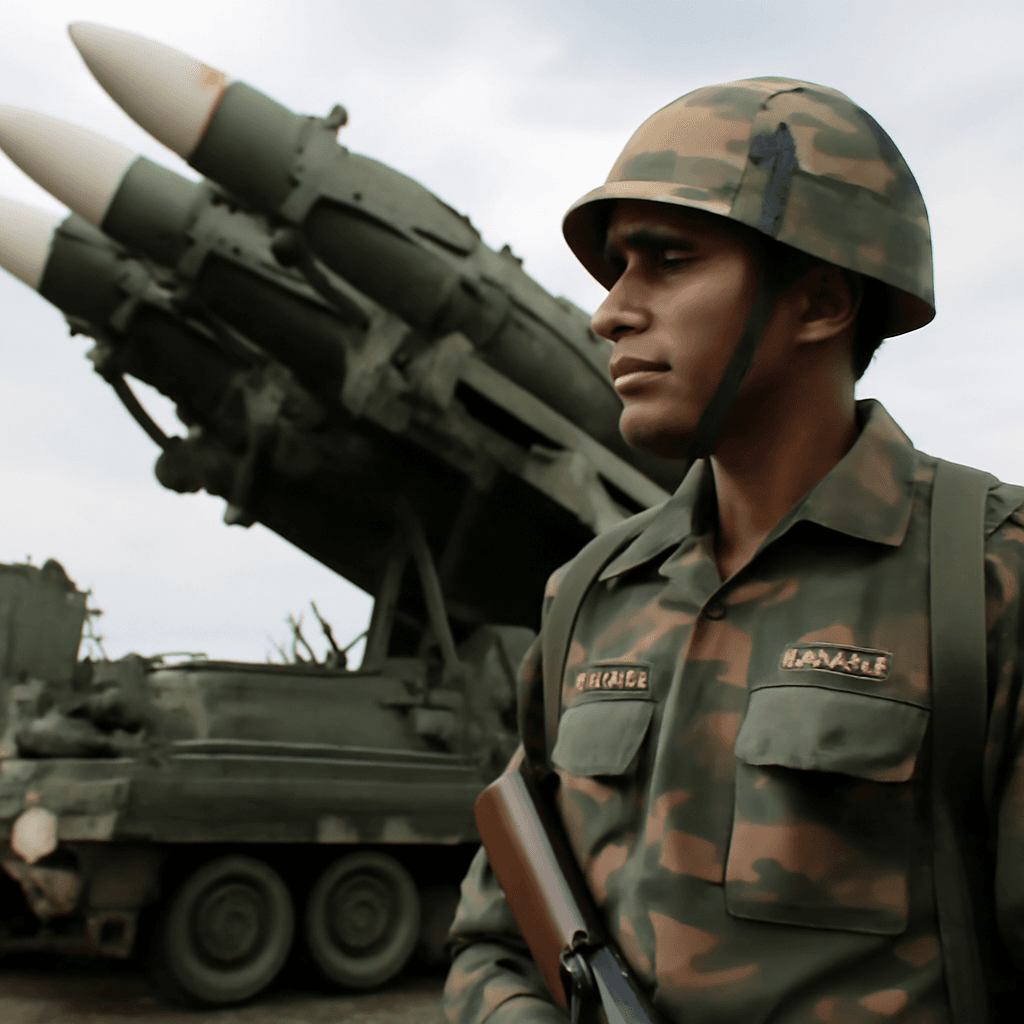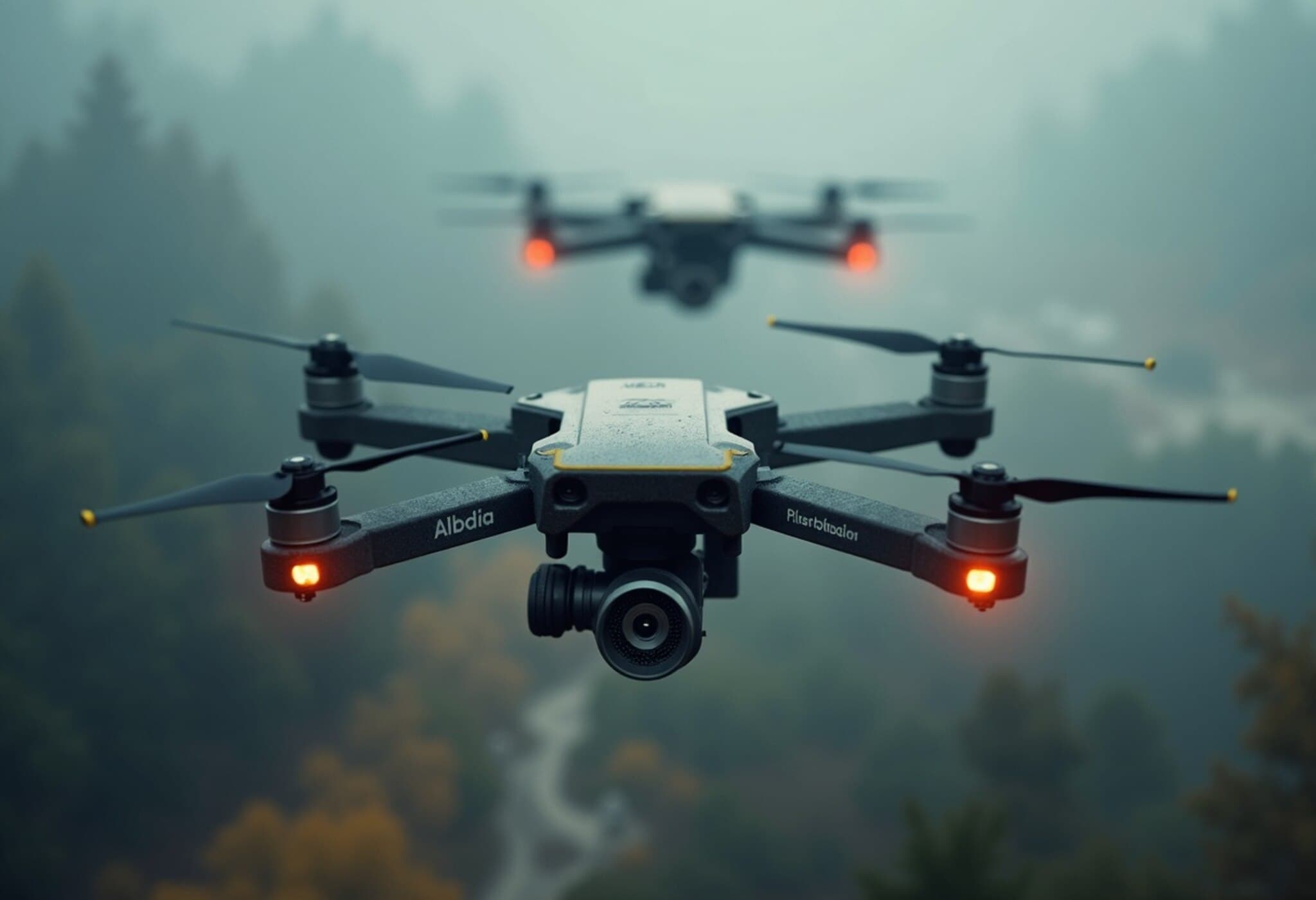India Prepares to Induct Advanced Tejas A1 Fighter Jet
The Indian Air Force (IAF) is set to receive the upgraded Tejas A1 variant later this month, marking a critical milestone in its modernization efforts. Although delayed by over a year due to supply chain disruptions, this latest induction promises significant enhancements powered by advanced Israeli technologies.
Cutting-Edge Israeli Technology Takes Flight
The new Tejas A1 jets will feature an Active Electronically Scanned Array (AESA) radar developed by Elta Systems, a subsidiary of Israel Aerospace Industries. This radar system replaces older models, boosting the aircraft's detection and tracking capabilities considerably. Coupled with a state-of-the-art electronic warfare suite also supplied by Elta, the aircraft’s battlefield survivability receives a substantial upgrade.
Adding to pilots’ effectiveness is a next-generation helmet-mounted display produced by Israel’s Elbit Systems. Air-to-air combat capabilities stand to improve dramatically through the integration of Rafael’s radar-guided Derby missiles, arming the Tejas with advanced strike options against adversaries.
A Major Boost for Indigenous Defence Manufacturing
This induction represents the first batch of 83 Tejas jets ordered under a recent production contract, aligning closely with the government’s ‘Make in India’ initiative. All units will incorporate multimillion-dollar Israeli subsystems manufactured domestically through joint ventures, showcasing a strategic partnership between India and Israel with a strong local manufacturing focus.
Interestingly, defense analysts note that the Tejas A1 jets will be equipped with more Israeli technology than some aircraft of the Israeli Air Force itself, which still rely on American-made radars due to export restrictions from the US.
Addressing Challenges Amid Heightened Regional Tensions
The delayed rollout of these jets has contributed to the IAF operating just 31 fighter squadrons—well below the desired 42—partly due to production slowdowns and supply chain constraints. Earlier deliveries brought in 40 Tejas fighters, but the newer A1 models faced additional delays linked to engines from General Electric in the US and other Israeli-made components.
India’s move to replace ageing MiG-21 and Jaguar fleets with Tejas jets is a critical step in defense modernization but has not been without hurdles. The broader debate between adopting high-performance foreign technology versus boosting indigenous innovation remains a central theme within India’s defense ecosystem.
Next-Generation Tejas and Future Prospects
Hindustan Aeronautics Limited (HAL), a state-owned enterprise, is already developing an advanced Tejas variant with canard wings, extended range, and enhanced onboard systems. Leading Israeli, French, and American defense firms vie to supply technology for upcoming models, reflecting intensified competition in the global defense supply chain.
Context of Regional Security: Operation Sindoor
The induction of these advanced jets comes in the wake of increased India-Pakistan tensions. On May 7, 2025, India executed precision strikes during Operation Sindoor targeting terror infrastructure in Pakistan-controlled territories, responding to the Pahalgam terror attack that claimed 26 lives.
Pakistan reacted with attempted strikes on Indian military bases from May 8 to May 10, triggering intense cross-border engagements involving drone and missile attacks. Hostilities concluded with a mutual understanding on May 10, bringing a temporary end to the conflict.
Conclusion
This induction of the Tejas A1 with cutting-edge Israeli technology underscores India’s commitment to modernizing its air force amid a complex and tense regional security environment. As the IAF bolsters its aerial combat capabilities, the successful integration of these systems represents a model for future defense collaborations emphasizing domestic production and strategic partnerships.

